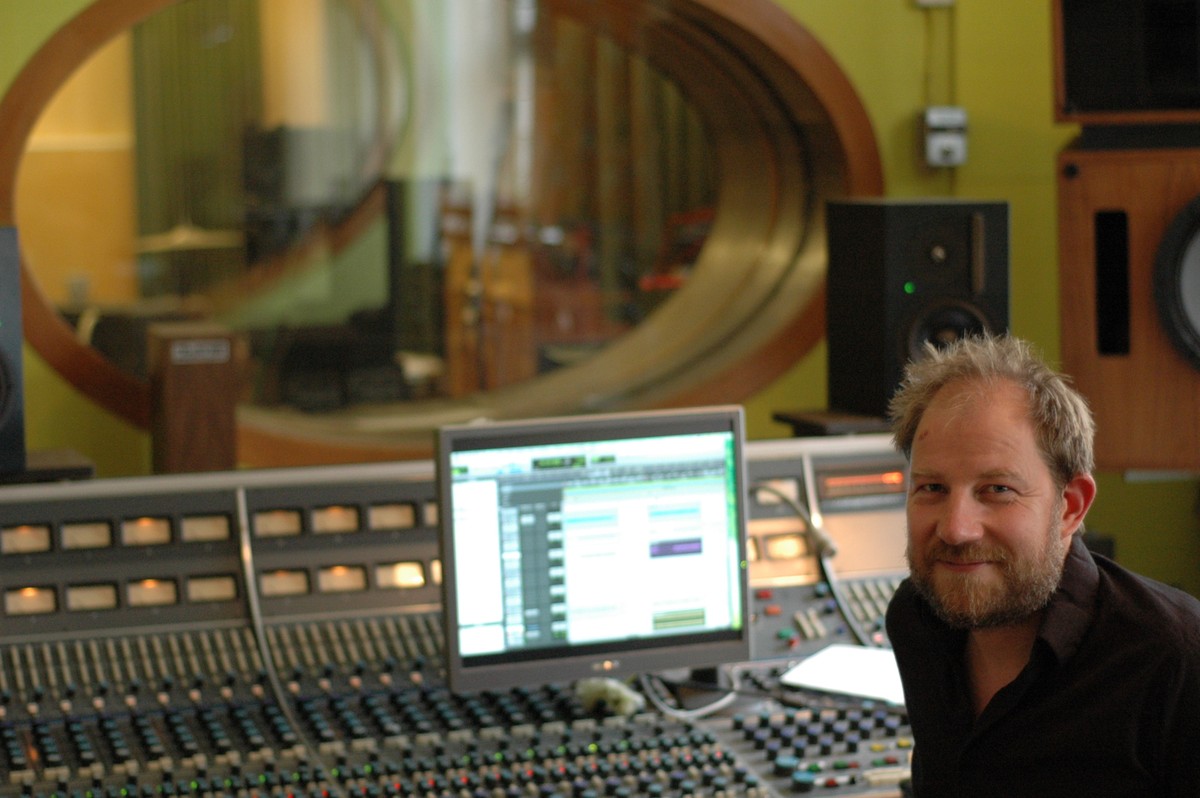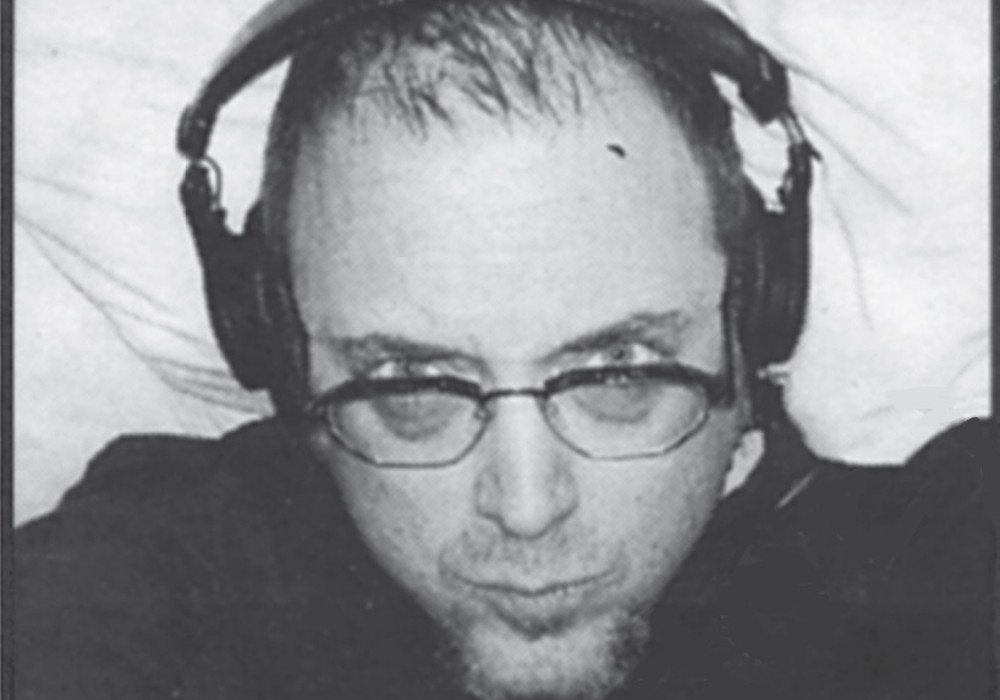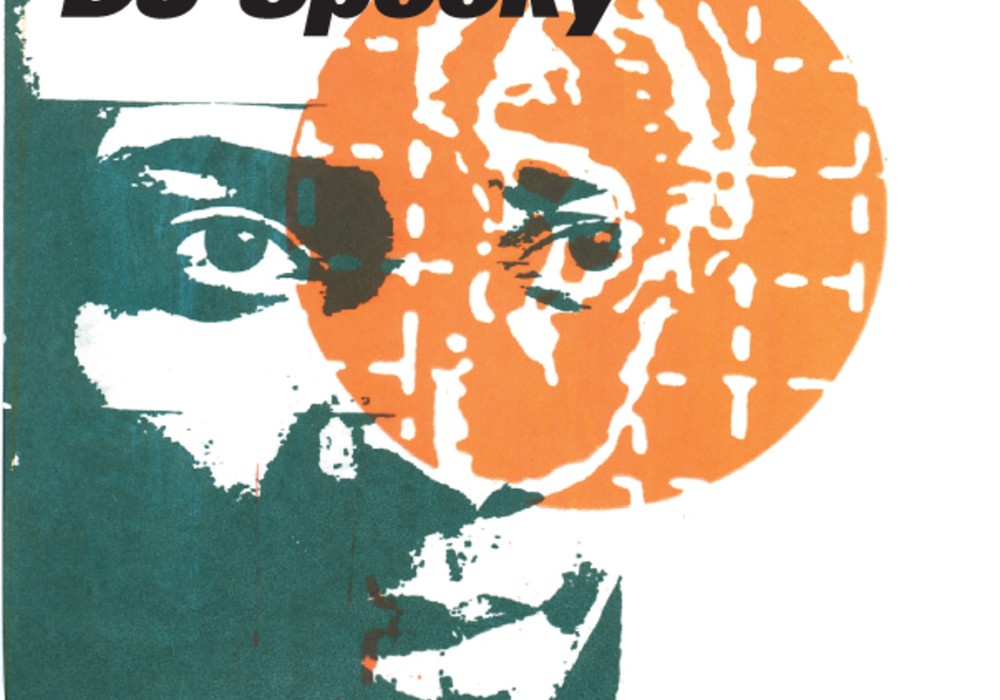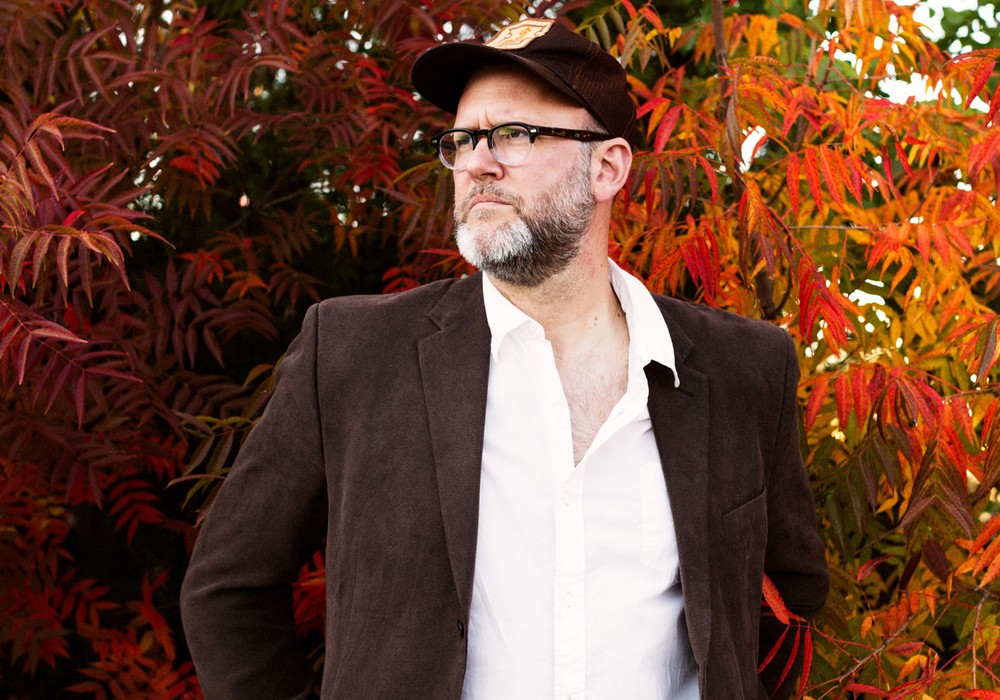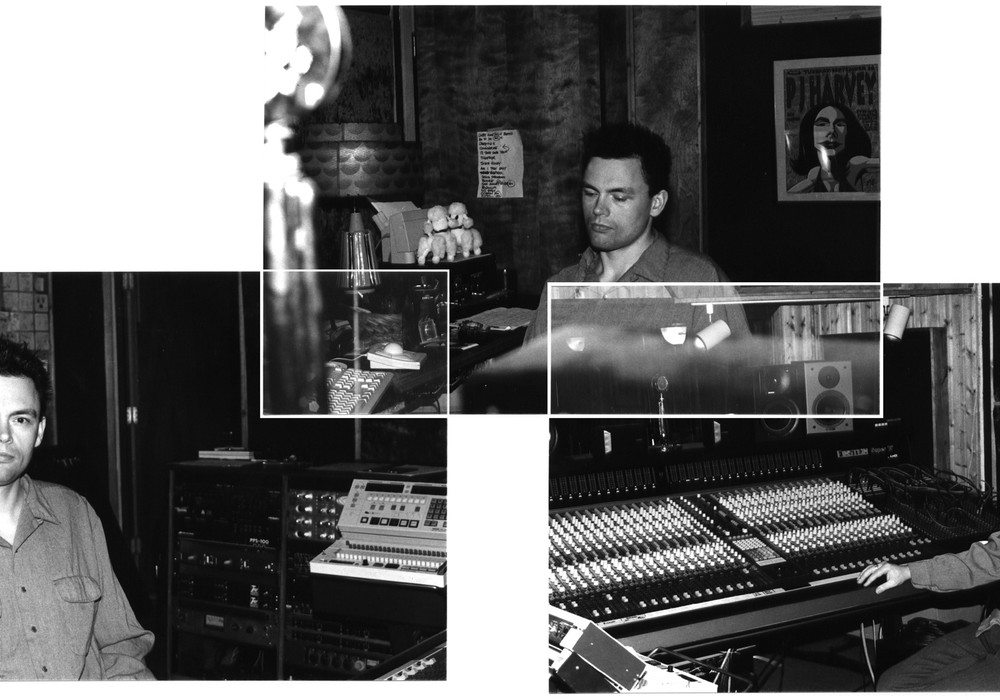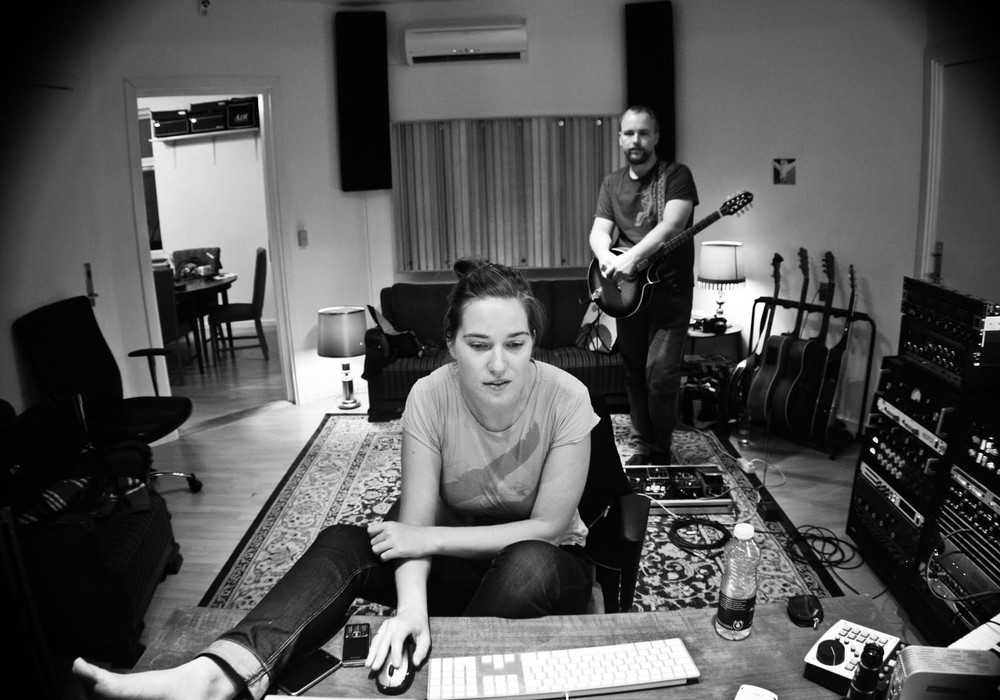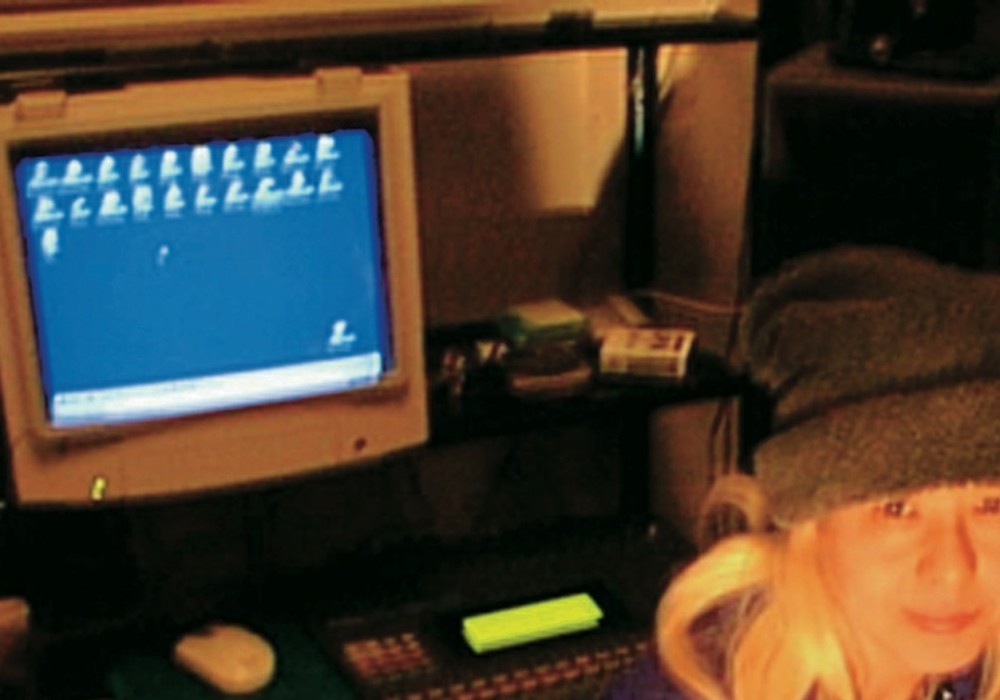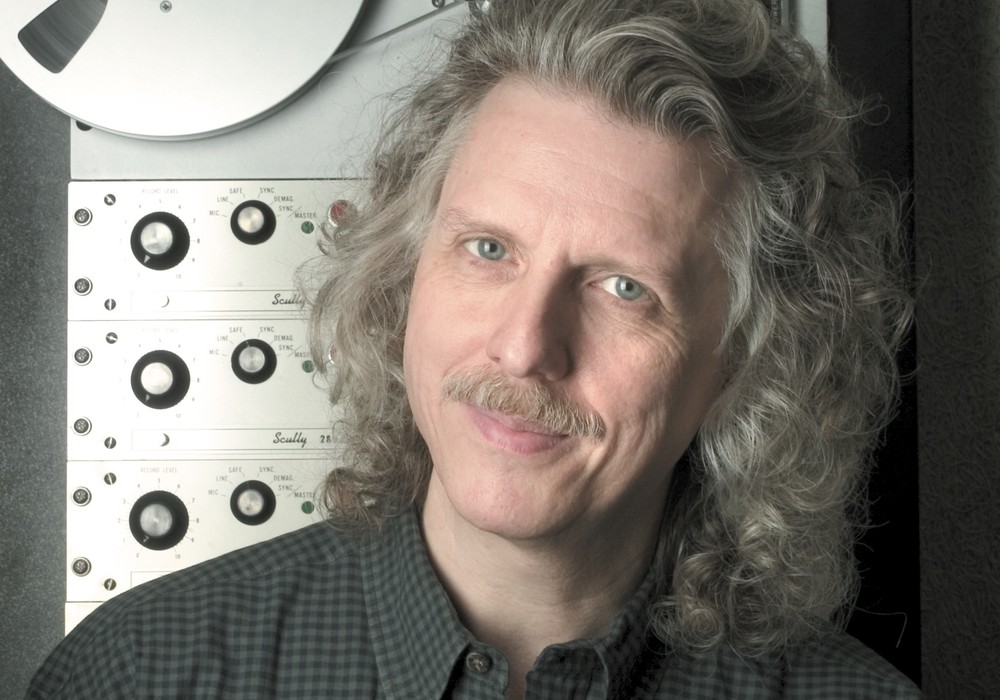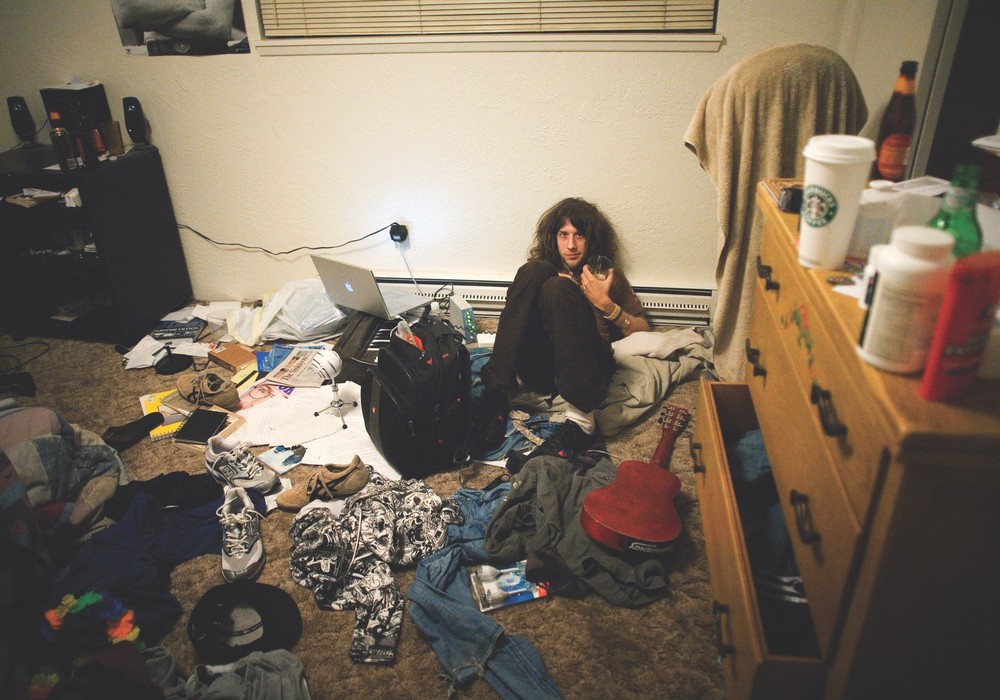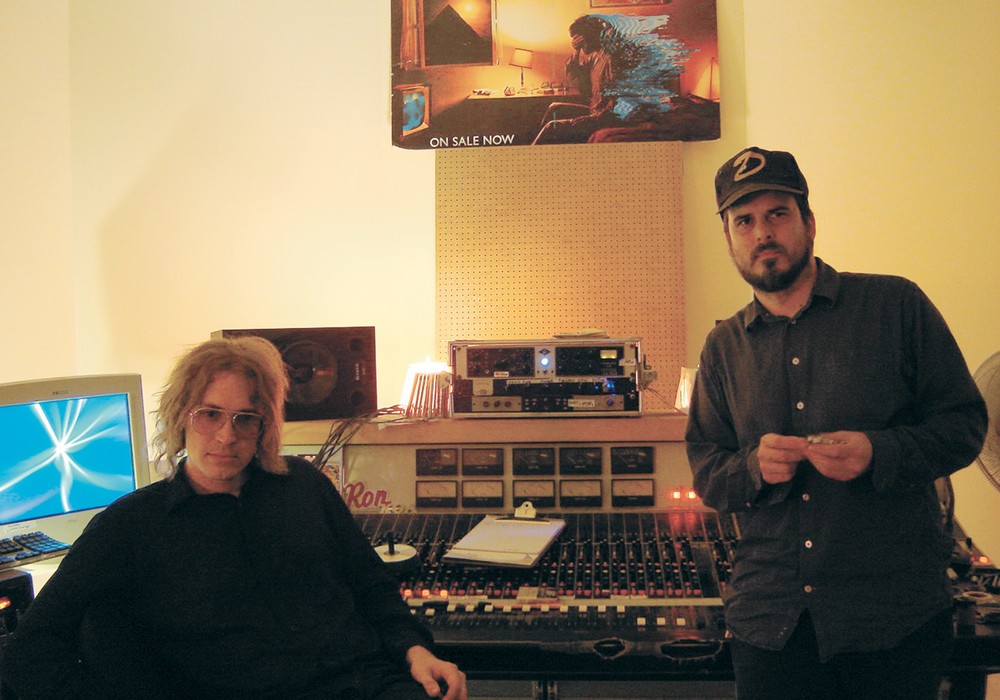For most of 1997, it was nearly impossible to avoid hearing "Lovefool" by The Cardigans on a regular basis. As one of the rare hits heard on both popular and college radio at the time, its chorus was stuck in the heads of millions, much in the way the whistling pre-verse of Peter, Bjorn & John's "Young Folks" would be a decade later. However, it's safe to say neither of these would have reached the world's ears had they not been shown the way by the Swedish indie pop band, Eggstone. The scene this group created, both culturally and by laboring in Malmö's now legendary Tambourine and Gula Studios, not only launched world-famous bands but also drew in outsiders like Franz Ferdinand, Saint Etienne, Idlewild, and Boss Hog, to name a few. Eventually their studios would even host the inimitable Tom Jones and legendary producer George Martin. Founder Per Sunding not only continues to produce quality pop in Tambourine's hallowed halls, he remains Sweden's ambassador of Bonving [a sport invented by Eggstone that involves tossing shoes].
When did you start the studio?
Twenty-two years ago this week, in 1991. My friend, Tore Johansson, was working in a state-funded studio and my band, Eggstone, did an EP with him. We loved The Beatles, The Jam, '60s music, and people here weren't interested in the same things we were. Malmö was a working class city and most people were just interested in the blues. Also, the way things were being recorded here was like a competition for "best" '80s snare sounds. We didn't like it. We were more into a "cutlery box" drum sound. Tore saw an ad in the paper. A studio in Kivik had gone bankrupt and was selling everything. They had all the old gear [24-channel Amek console and a 16-track, 2-inch MCI]. Our parents cosigned some loans, and we started looking for industrial sites on the edge of Malmö. We found this space, moved out of our flats, and moved into here for 18 months.
Were you allowed to do that?
No! It was a crazy time. [laughs] We have the downstairs room now, but didn't when we moved in. It was occupied by an illegal goldsmith.
An illegal goldsmith?
It's not common! Heroin users used to come to him at night to sell him what they had stolen. It was a fencing operation. We had a kind of relationship with him. He was usually stoned, and he'd come upstairs with beer crates of records. He'd say [in a slurred, "stoned voice"], "Uunngghhh, you like music! These are great! Sixties stuff." It was fun to have him around.
When did he move out?
Actually the local Hell's Angels branch took over and moved his business out to a barn.
So you were off to an illustrious start!
I've played hockey my whole life, and I was sleeping with my stick every night for protection!
What was your first project here?
The reason we set it up was to be ours. A project studio. That EP with did with Tore was sent to some labels and we ended up with a 250.000 kr budget [approx. $40,000] because the music industry was rich at the time. We didn't want to go to one of those studios that didn't understand us, where we would also have to watch the clock. So we put that money towards equipment and thought we'd just learn from Tore. He knew everything and we knew nothing! But then he only gave us one day. He said, "Listen closely, because I'm only going to tell you once! First lesson: It starts with a microphone and it has to go somewhere, and it does that through a cord." Then we had another lesson after lunch about EQs. From there it was just, "Knock yourselves out." We had all the time in the world to make mistakes, and of course Tore helped along the way. Then we put the record out, and it reached a lot of people in small towns around Sweden who felt the same way we did — misunderstood in their community.
You had "started a thing."
Yes. The Cardigans were one of those bands. They sent their demos, and so did the band Bob Hund. We met their singer, Thomas Öberg, when we were on tour and we just clicked. When he started Bob Hund we saw them in Stockholm, and I had never seen anything like it! Eggstone was interested in an image. We were posing a little; but those guys were all charisma, attitude, and genuine style! One of the brothers, Johnny [Essing], was not at all in control of his diabetes. He sat in a chair when he played, and at any moment he could just fall out of it and start convulsing. They would stop the show, pour milk or soda into his mouth to get his blood sugar up, and start playing again. I started wondering what I was doing and why. They were just breaking through that wall and pulling the crowd in. The bass player has a wooden leg! He was working like hell to get around the stage. We had just finished our record and we were like, "The studio is...


